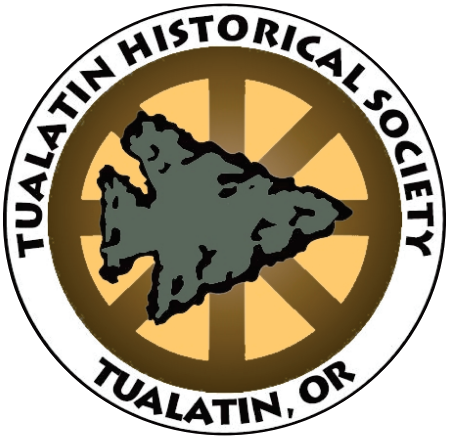The mastodon has figured prominently in the American imagination
by Andrew R. Boehm
Museum of Natural and Cultural History - University of Oregon
The mastodon has figured prominently in the American imagination since the nation’s founding. Thomas Jefferson, who was famously obsessed with the animals, had bones laid out for study in the White House and is even rumored to have instructed Lewis and Clark to gather evidence of living elephants in the interior of North America. This was before the concept of extinction was widely accepted, which was sadly the fate of these unique animals.
After 250 years of mastodon research, we thought we knew these animals pretty well. They typically inhabited woodlands and swamps, browsing on woody vegetation. They have been found across all of North America, from the Arctic to the Pacific Northwest to Central America. We had also believed there was only one species of mastodon, with some regional variation in their shape and size. Now, however, it appears that there is much more to the mastodon story — and Oregon may be key to expanding our understanding of these iconic animals.
Figure 2. Using a collection of mastodon tooth measurements from across the United States, two groups are apparent, the American mastodon (M. americanum) and the new Pacific mastodon (M. pacificus). The Tualatin mastodon fits well inside the Pacific mastodon group.
Inspired by the recent discovery of the Pacific mastodon, I, along with colleagues Chris Widga from the Center of Excellence in Paleontology at East Tennessee State University and Emil Karpinski at McMaster University, became curious about why this new species hadn’t turned up in Oregon. To find specimens to study, we turned to Danny Gilmour’s recent research on Pleistocene animals from the Willamette Valley. He had only found a few mastodon fossils, but fortunately there was a very intriguing specimen among them: the Tualatin mastodon.
On a recent visit, I was allowed to take detailed measurements of the Tualatin skeleton and take hundreds of photos to create a three-dimensional model of the teeth. After comparing the measurements of the teeth, it is clear that the Tualatin mastodon is indeed a member of the newly defined Pacific mastodon species, making it the first reported specimen in Oregon and the northernmost specimen on the Pacific Coast. Interestingly, nearby specimens uncovered in Washington are reportedly not members of this new species. This raises new questions: Are the Washington specimens simply misidentified, or did two distinct mastodon species live in close proximity?
Figure 1. This map shows the geographic distribution of the American mastodon (M. americanum) and the new Pacific mastodon (M. pacificus). The Tualatin mastodon extends the range of reported Pacific mastodons into the Pacific Northwest.
Large fossil sites recently discovered in California and Colorado have precipitated new research on western North American mastodons. In an article from just last year, Alton Dooley Jr. and a team of researchers from the Western Science Center in Hemet, California, found that mastodons are not all the same: Some mastodons had teeth that were markedly narrower, and these narrow-toothed mastodons lived exclusively in the western United States. The researchers demonstrated through statistical analysis that these western mastodons were, in fact, distinctive enough to warrant a new species classification, and the Pacific mastodon (Mammut pacificus) was thus identified. None, however, were found in Oregon.
Figure 3. Using 116 photos, I created a 3D model of the mastodon molars.
While it seems that there are more questions now than before, that is the nature of scientific inquiry. Our team seeks to continue study of the Tualatin Mastodon while expanding our investigation of the geographic extent of the Pacific mastodon in Oregon and throughout the Pacific Northwest. Stay tuned.




